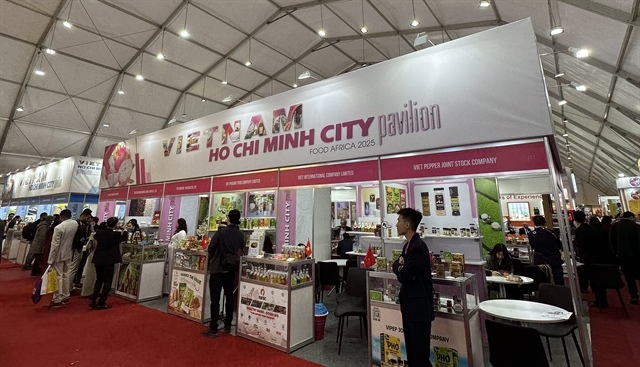4G may need unique approach in Vietnam
4G may need unique approach in Vietnam
Industry insiders are mulling strategies to boost 4G services in Vietnam at more reasonable costs.

Qualcomm Vietnam CEO Thieu Phuong Nam said terminal equipment cost was an important issue to mobile network operators when they consider investing in 4G.
Nam argued that the volume of terminal 4G equipment would soar on the back of 2014’s booming deployment of 4G services worldwide. This would help reduce terminal equipment cost.
In fact, current 4G terminal equipment fetches a fairly high price, but the cost of each unit of equipment was expected to drop to $150 each by the end of this year, and further slide to $100 in 2015.
The Ministry of Information and Communications (MIC) is considering using low frequency bands to help firms save on initial expenditure, which would lower investment costs and end users’ 4G service costs.
Huawei Vietnam CEO Yuan Song suggested promoting 4G in urban locations or areas without fixed bandwidth, but not on a massive scale due to costly investment and limited subscriber count.
In terms of how to boost 4G service revenue, LTE Business Group vice president Qin Liang at China’s Huawei suggested network operators apply diverse value added services to increase data usage services by subscribers and thereby boost revenues.
“Also, voice services on 4G are often lower quality than on 2G, which has a lower service cost. Operators therefore must change their business models when implementing 4G,” Qin noted.
Statistics by the global association for the mobile telecoms industry (GMSA) show that 279 networks in 115 countries and territories are using 4G, and that this number may increase to 350 networks by the end of this year.
Mobile subscribers reportedly represent 56 per cent of total telephone subscribers, putting Vietnam near the top of mobile subscriber counts among countries in the Asia-Pacific region.
This is regarded as a significant strength for network operators promoting 4G.
vir

























